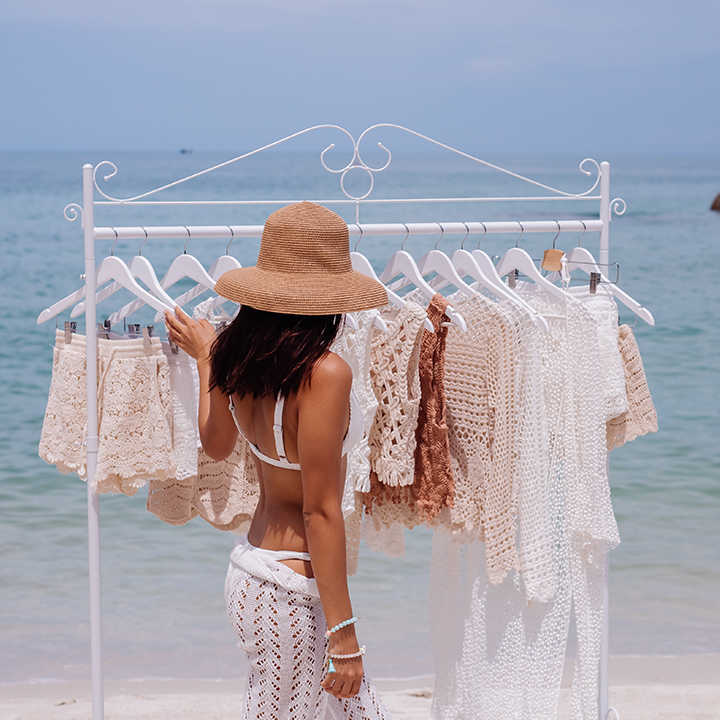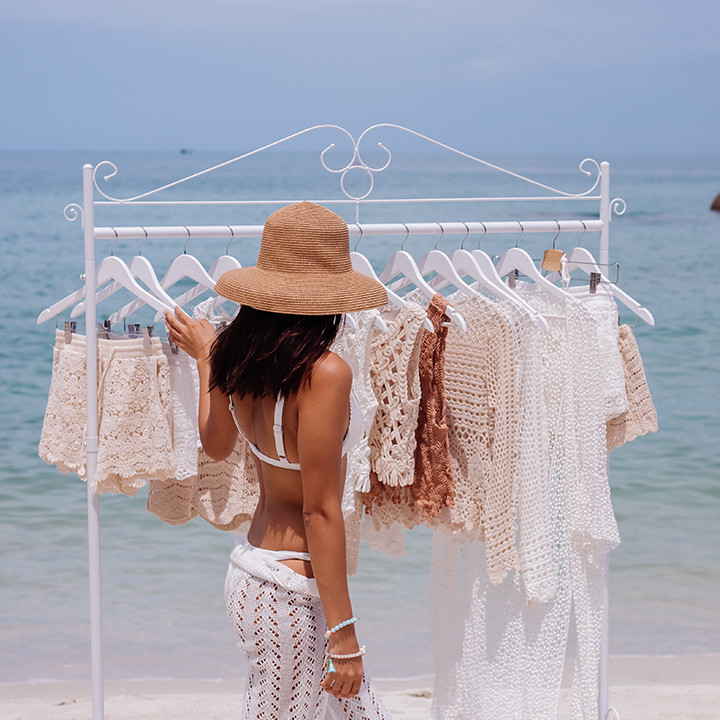
Closet Color Code: Build Your Perfect Capsule Palette
A cohesive color palette doesn’t just make your wardrobe look good—it makes getting dressed feel effortless and intuitive. When you curate your closet around complementary shades, it becomes far easier to mix, match, and layer without spending extra time or second-guessing your outfit. It’s one of the best-kept secrets behind polished, intentional style—and the best part is, it works with any personal aesthetic. Whether you're a minimalist, a trendsetter, or somewhere in between, building your wardrobe with thoughtful colors makes every piece work harder for you.
Neutral Shades:
The foundation of every well-planned wardrobe begins with reliable neutrals. These include timeless shades like white, beige, black, grey, and cream. They are versatile, grounding, and can be effortlessly paired with any other color. Investing in basics—such as crisp white shirts, tailored black pants, or a beige trench coat—ensures you always have something to build on. For a truly elevated look, focus on clean silhouettes and high-quality materials that stand the test of time and repeated wear.
Core Colors:
Beyond neutrals, add 2 to 3 core colors that reflect your natural preferences and lifestyle. These are shades you find yourself consistently drawn to—maybe olive green, dusty rose, navy, rust, or deep teal. Think about the colors you reach for most when shopping or dressing. These should make you feel confident and comfortable. Your core colors will be used across multiple categories in your wardrobe—tops, trousers, outerwear, or even shoes—so choose tones that not only suit your skin tone but also align with your everyday activities and personal expression.
Accent Shades:
Accent shades are where you can get playful. These are vibrant, seasonal, or trendy tones that can add energy and interest to your outfits without dominating them. Opt for 1 or 2 accent colors, like mustard in the fall, coral in the summer, or emerald green for dressier occasions. Use them sparingly through statement items—like a scarf, handbag, or bold lipstick—or as part of a printed blouse.
Warm Tones:
Balancing warm and cool tones in your wardrobe enhances its flexibility across seasons and moods. Warm tones include colors like terracotta, gold, or burnt orange, while cool tones include icy blue, mint, or lavender. By blending both, you’re not locked into seasonal color schemes, making your wardrobe wearable all year long.
Include Prints:
Prints are a great way to introduce texture and pattern, but they should still echo your palette. Stick to designs that incorporate your neutral or core colors so they mix seamlessly with the rest of your wardrobe. Stripes, florals, checks, or even subtle abstract prints work well when they complement your existing tones. Avoid overly busy or mismatched prints that can make your wardrobe feel disjointed.
Final Thought
Your wardrobe's color palette should do more than follow fashion rules—it should reflect your individuality, make styling simpler, and bring joy to your everyday dressing. With a curated set of colors that harmonize, you’ll transform your closet into a functional, stylish, and cohesive collection. Over time, this approach will help you develop a signature look that feels both intentional and uniquely.




